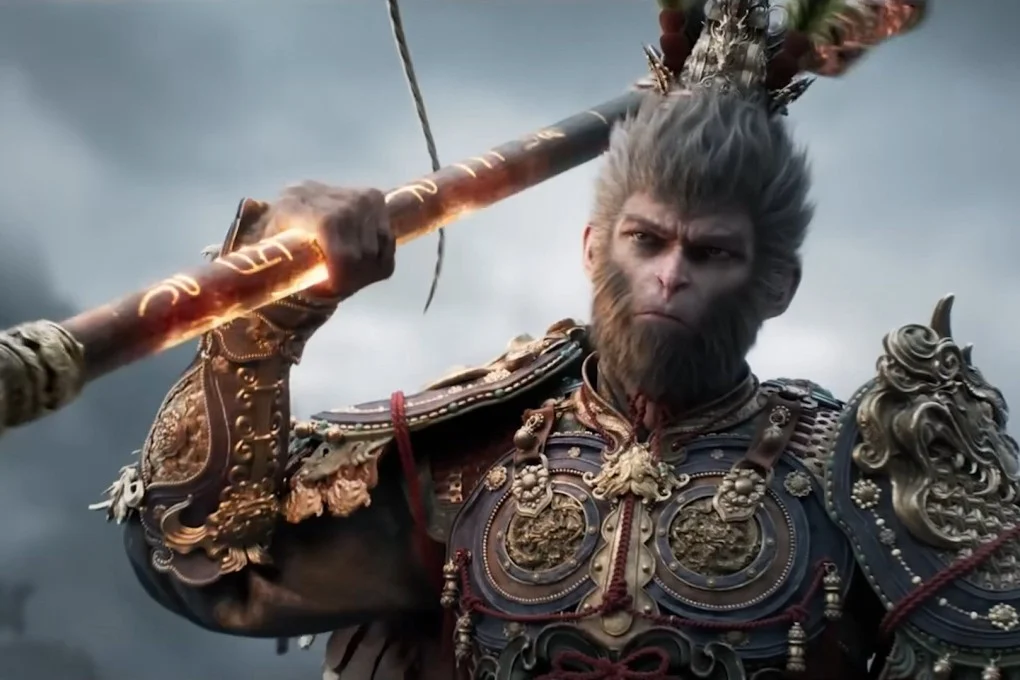Sun Wukong, also known as the Monkey King, is one of the most iconic characters in East Asian literature and folklore. His adventurous tales have captivated audiences for centuries, making him a beloved figure not only in China but across the world. Yet, the question often arises: Is Sun Wukong a real historical figure, or is he purely a work of fiction? And more importantly, which mythology does his story originate from?
In this article, we will explore the historical background, literary roots, and cultural significance of Sun Wukong, while also examining how his story has evolved over time.
Origins of Sun Wukong
Sun Wukong first appeared as a central character in the 16th-century Chinese classic novel Journey to the West (西游记, Xīyóu jì), written by Wu Cheng’en. This literary masterpiece is considered one of the Four Great Classical Novels of Chinese literature. While the book itself is fictional, it draws heavily on Chinese mythology, folklore, and religious traditions such as Buddhism and Taoism.
According to the novel, Sun Wukong is born from a magical stone atop the Mountain of Flowers and Fruit. Gifted with extraordinary strength, agility, and intelligence, he learns martial arts and gains supernatural powers, including shape-shifting and cloud-somersaulting, which allows him to travel thousands of miles in a single leap.
Mythological Influences
The story of Sun Wukong is rooted in a blend of Taoist immortality lore, Buddhist spiritual themes, and ancient Chinese folk tales. Scholars suggest that the Monkey King may have been inspired by earlier monkey-like deities and mythical figures from India and Southeast Asia.
One notable influence comes from Hanuman, the monkey god of Hindu mythology, who appears in the Ramayana. Hanuman’s bravery, loyalty, and supernatural abilities bear striking similarities to Sun Wukong. Through centuries of cultural exchange via the Silk Road, elements of Indian mythology may have merged with Chinese storytelling traditions, shaping the character we know today.
Sun Wukong’s Role in Journey to the West
In Journey to the West, Sun Wukong begins as a rebellious figure who defies the Jade Emperor of Heaven and causes chaos in the celestial realm. After being subdued by the Buddha, he is tasked with accompanying the monk Xuanzang (Tang Sanzang) on a pilgrimage to India to retrieve sacred Buddhist scriptures.
Throughout the journey, Sun Wukong serves as both a protector and a trickster. His cunning, martial skills, and magical powers allow him to defeat demons and overcome spiritual challenges. Over time, he grows from an arrogant rebel into a disciplined and loyal companion, symbolizing the transformative power of wisdom and spiritual practice.
- When will Donghua Sword of Coming Season 2 be released?
- Dragon Raja Review: When the Worlds of Humans and Dragons Collide
- Tales of Herding Gods Donghua Review: A Majestic Fantasy Journey
- Wen Ning: A Gentle Soul in the Dark World of Mo Dao Zu Shi
- Who is Xiao Xiao in Donghua Battle Through the Heavens? Is She the Daughter of Medusa and Xiao Yan?
Historical vs. Fictional Aspects
While Journey to the West is based on the real-life journey of the Tang dynasty monk Xuanzang to India in the 7th century, Sun Wukong himself is a fictional creation. There is no historical evidence that a real “Monkey King” existed. Instead, he represents a composite of mythological motifs and cultural archetypes.
The legend’s enduring appeal lies in its allegorical nature. Sun Wukong embodies human traits such as ambition, restlessness, and resilience. His battles against divine authority mirror humanity’s struggle for freedom and self-discovery.
Symbolism and Cultural Legacy
Sun Wukong symbolizes more than just physical prowess. In Chinese culture, he represents intelligence, courage, and defiance against unjust authority. His journey mirrors the human quest for enlightenment, making him an enduring symbol in literature, theater, and art.
Over the centuries, Sun Wukong’s character has appeared in numerous forms of media, from traditional Peking opera to modern television dramas, movies, anime, and video games. His story has been adapted globally, influencing works such as Dragon Ball in Japan and The Forbidden Kingdom in Hollywood.
Sun Wukong in Modern Popular Culture
In recent years, Sun Wukong’s image has transcended cultural boundaries. He has appeared in:
- Film and Television: Chinese adaptations of Journey to the West, animated films, and fantasy dramas.
- Video Games: Titles like League of Legends and Smite feature characters inspired by the Monkey King.
- Literature and Comics: Retellings and reimaginings for modern audiences.
These adaptations often highlight different aspects of his character, from his mischievous humor to his role as a fearless warrior.
Is the Story True?
From a historical perspective, Sun Wukong’s adventures are not factual events. They are fictional tales deeply embedded in cultural mythology. However, they carry symbolic truths and moral lessons that continue to resonate with audiences.
The real-life inspiration for Journey to the West—Xuanzang’s pilgrimage—is well-documented. The addition of Sun Wukong and other fantastical elements served as a narrative device to enrich the story and convey deeper philosophical themes.
Conclusion
Sun Wukong, the Monkey King, may not be a historical figure, but his legend is firmly rooted in Chinese mythology, enriched by influences from Buddhist and Hindu traditions. His tale in Journey to the West combines adventure, humor, and profound spiritual lessons, making him one of the most enduring and beloved figures in world literature.
While the story itself is fictional, its impact is very real—shaping cultural identity, inspiring creativity, and offering timeless lessons about courage, loyalty, and personal growth.
References for Further Reading:
- Wu Cheng’en, Journey to the West
- Yu, Anthony C., The Monkey and the Monk
- Luo, Manling, The Monkey King’s Amazing Adventures
